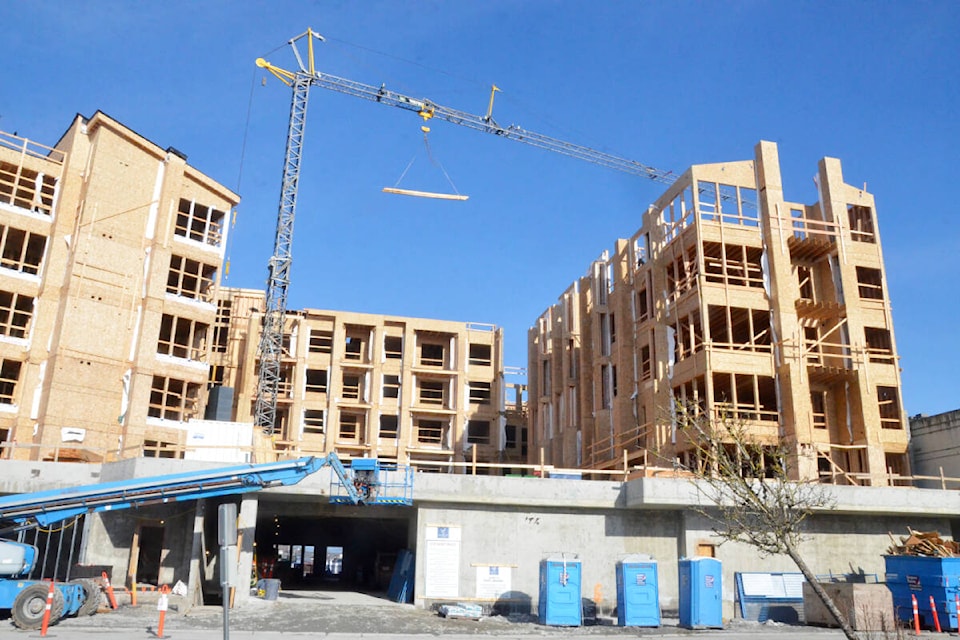The price for a typical home in 91ԭ�� remained above $1.7 million in March, but more homes are coming on the market across the region, according to data released Monday, April 4 by the Fraser Valley Real Estate Board (FVREB).
In 91ԭ��, the benchmark price – the average price of a “typical” detached house – hit $1,768,600, a 2.6 per cent increase from February’s benchmark.
The price is now 38.2 per cent higher than it was just a year ago, when a benchmark 91ԭ�� home sold for $1.27 million.
In March of 2019, before the low interest rates and pandemic buying spree that began in 2020, a benchmark house in 91ԭ�� was going for $986,700.
Year-over-year increases in prices were similar for townhouses and condos in 91ԭ��.
A benchmark townhouse was selling for $877,600 in March, up 38.1 per cent from $635,500 a year ago. A benchmark condo was selling for $599,800, up 38.2 per cent from $434,100 a year before.
In March 2019, benchmark townhouse prices were $487,800 and benchmark condos were going for $416,900.
It’s getting tougher and tougher for home buyers to qualify for a mortgage, noted local realtor Tammy Evans.
She noted that condo prices of today are the townhouse prices of a year or two ago.
In general, it’s forcing people to consider smaller living spaces.
“I think the expectation for the buyer is somewhat reduced,” said Evans.
She knows of people with two children living in two-bedroom homes, when that wouldn’t have been considered a few years ago.
Evans said no one seems to know what happens next, but ventured a prediction.
“Do I see a dramatic correction? I don’t,” she said. But she sees a natural shift as more homes come on the market and interest rates rise over the coming year.
FVREB president Sandra Benz pointed to the fact that March marked the third month in a row that the number of homes for sales increased.
“We’re hopeful this will contribute to a slowing in price growth, which is good news for the home-buying public,” she said. “Other encouraging signs, such as less open house traffic and fewer multiple offers, may help us get to a more balanced market, however until the fundamental issue of lack of supply is addressed, we won’t see that happen anytime soon.”
The need for more supply is often framed as a need for more new housing construction, with realtors, homebuilders, and the provincial government all saying they want to increase the housing supply in recent years.
However, said that based on available data, the housing supply has kept pace with B.C. population growth over the last five years.
The report said that B.C. has built more housing in the last three years than in any three-year period in the last 20 years, and that no province or territory except the Yukon has seen higher growth in total dwellings in the last five years.
More than 40,000 housing units were completed in B.C. in both 2021 and 2020, all-time records, according to data from the Canada Mortgage and Housing Corporation.
The report was attempting to rebut claims that municipal red tape is the main impediment to building even more homes – it notes that skilled labour shortages and supply chain issues are also major factors, and that provincial and federal regulations have yet to be updated as well.
Have a story tip? Email: matthew.claxton@langleyadvancetimes.com
Like us on and follow us on .



